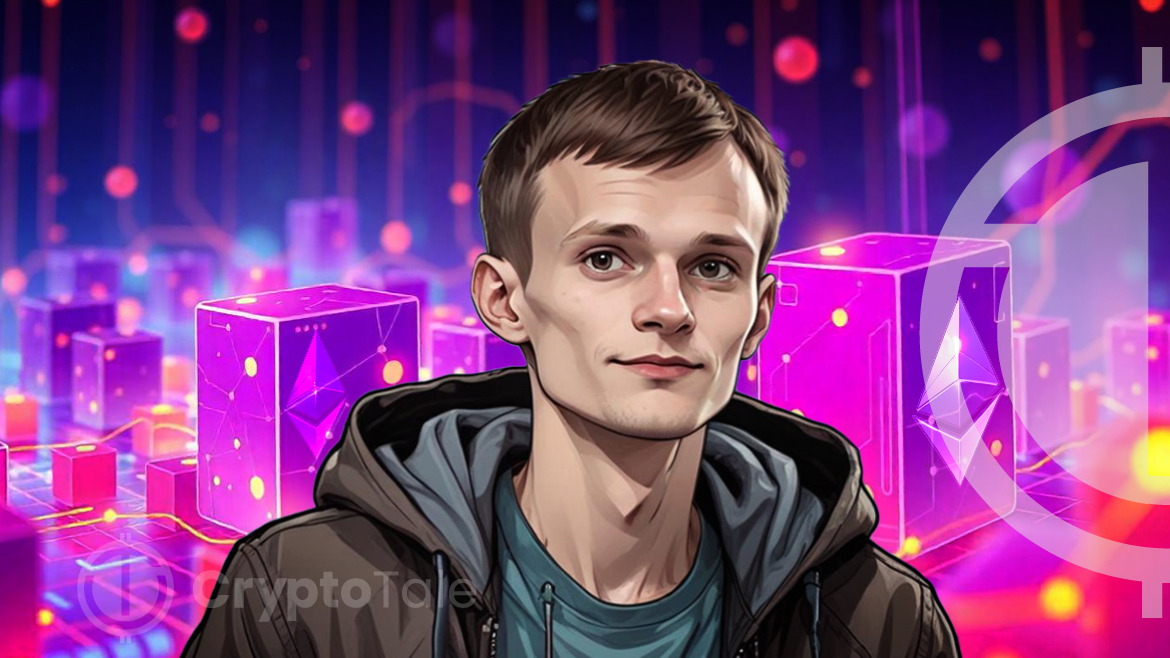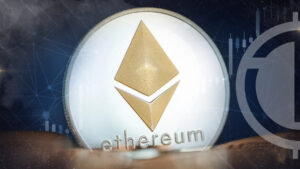
Vitalik Buterin is a visionary and a trailblazer in the world of blockchain technology. What started as curiosity about the crypto industry became his passion, which later drove him to become the co-founder of the second-largest cryptocurrency. He transformed the way people think about blockchain by demonstrating its immense potential through smart contracts. His innovation revolutionized the world of cryptocurrency, making him one of the most influential figures in the industry.
Who is Vitalik Buterin?
Vitalik Buterin is the co-founder of Ethereum, the second-largest cryptocurrency. Unlike Satoshi Nakamoto, who remained anonymous, Buterin is a well-known figure in the programming and crypto world. He played a major role in the development of blockchain technology by creating smart contracts and decentralized applications.
Buterin was born in Kolomna, Russia, on 31 January 1994. He was raised there till the age of 6 and then moved to Canada with his family. Owing to his natural abilities in mathematics and programming, he was considered a math genius during his school days, which later became a reason to pursue a computer science degree.
His father, who was an engineer, introduced Buterin to Bitcoin and cryptocurrency in 2011. He became fascinated with how a currency could work without any physical entity and the various concepts surrounding blockchain technology. The decentralized nature of Bitcoin piqued his interest in experimenting with it, but he was unable to afford or mine it. So, he started looking for alternative ways to earn it. This search led him to become a Bitcoin writer, writing blogs and articles on various forums.
Earlier in 2011, Buterin had begun writing for a publication called Bitcoin Weekly after connecting with a person on the Bitcoin forum as a way to earn Bitcoin. Buterin’s articles about BTC piqued the interest of a Bitcoin enthusiast named Mihai Alisie, who approached him about starting a publication focused on Bitcoin. Later that year, he and Alisie co-founded Bitcoin Magazine, the first major publication dedicated to Bitcoin and cryptocurrencies. Because of his work and interest in cryptocurrencies, Buterin quit college and focused entirely on blockchain technology. He saw the immense potential of blockchain and believed that for it to succeed in the long term, it should have broader applications and functionalities.
Vitalik Buterin Outlines Ethereum’s Future Post-MergeThe Beginning of Ethereum
During Buterin’s time as a writer, he understood the limitations of Bitcoin and started thinking about ways to improve the functionality of blockchain. Finally, in late 2013, he released a white paper that described the various features of the Ethereum blockchain, including smart contracts and its ability to create decentralized applications with different use cases.
The white paper piqued the interest of many people from the crypto community and expressed their support, which led to the launch of the Ethereum project in Jan 2014. Furthermore, the ICO was a huge success, raising $18 million worth of Bitcoin (31,000 BTC) during that time. Moreover, it was at this stage that Buterin was awarded the Thiel Fellowship grant of $100,000. With the money raised from the ICO, Buterin and his team (Gavin Wood, Charles Hoskinson, Anthony Di Iorio, Joe Lubin, etc) started working on Ethereum, and in July of the following year, Ethereum was launched.
In June 2016, a historical event happened on the Ethereum blockchain. Hackers exploited a vulnerability in The DAO, a decentralized autonomous organization on Ethereum, and managed to siphon $60 million worth of ETH. Because of this hack, the Ethereum community was faced with a crucial decision: whether to implement a hard fork and recover the stolen funds or leave the funds with the hacker. Vitalik advocated a hard fork because he believed that it was essential to protect users and restore trust in Ethereum. Finally, the community voted for a hard fork, which created the current Ethereum, while the original chain was renamed Ethereum Classic.
What Makes Ethereum Special?
Ethereum came into the world of blockchain and offered something new: smart contracts. Smart contracts are digital contracts that are enforced and executed automatically when the predetermined conditions are met. They added a new chapter in the history of blockchain development and introduced several other opportunities. Smart contracts enabled the development of diverse applications, from DeFi to GameFi and beyond.
One of the major developments of the Ethereum blockchain is the creation of NFT. NFTs are unique digital assets that represent the ownership of an item, which includes virtual real estate, art, collectibles, and more. Ethereum blockchain provides the protocols creators need to mint, create, and trade the tokens.
Ethereum used to run on the same consensus mechanism as Bitcoin, which is proof of work, but later, the network upgraded the consensus protocol to Proof of Stake. The shift from Ethereum to Ethereum 2.0 is also known as ‘The Merge.’ After ‘The Merge,’ a number of new enhancements, such as the Dencun, were developed and introduced into the blockchain to enhance and improve blockchain functionality.
Buterin’s Impact on the Crypto Space
Buterin is well-known for advocating decentralization, and in many of his speeches, he has repeatedly emphasized the importance of empowering individuals and promoting innovation while removing the influence of centralized authorities. He also believed in principles like transparency, permissionless, and inclusivity and considers these the cornerstones of developing the blockchain industry. Moreover, Buterin also has an opinion on sustainability and directly stated that decentralized exchanges and stablecoins should be supported.
He has a unique talent for simplifying complex information, making him one of the most respected speakers in crypto. His vision for a blockchain future, where data is owned by individuals rather than corporations, resonated with millions of enthusiasts and developers. Furthermore, he emphasized the importance of rollups, especially zero-knowledge (ZK)- Rollups, in scaling Ethereum and called it a long-term solution to solve the scaling issue and reduce transaction costs.
Vitalik Buterin: The Philanthropist
Apart from the call to decentralize, Buterin has also made notable contributions to charity. Beyond his call for decentralization, Buterin has also made significant contributions to charitable causes. He donated millions in crypto to various charity organizations with the motive of making a meaningful impact in the world.
Some of his documented contributions include donating 1,050 ETH worth $ 763,970 to the Machine Intelligence Research Institute in 2017. This is an institute dedicated to ensuring the positive development of artificial intelligence and superintelligence. He donated $1.2 billion to India as part of the COVID-19 Relief Fund. Another significant donation is 13,292 Ether, which was donated to GiveWell, a non-profit organization whose primary mission is to identify and promote outstanding charitable initiatives. The Methuselah Foundation, which focuses on extending the human lifespan, received a donation of 1,000 ETH and 430 billion ELON.
Review on Ethereum: Revolutionizing Smart ContractsConclusion
The journey of Vitalik Buterin, which started from his curiosity about Bitcoin technology to revolutionizing blockchain with smart contracts, is nothing short of extraordinary. Through Ethereum, he has redefined blockchain technology, unlocking its potential for decentralized exchanges (DEX), decentralized applications (dApps), and more. Beyond his technical contributions, Buterin’s advocacy for decentralization, transparency, and philanthropy has made him a beacon of innovation in the crypto world.












